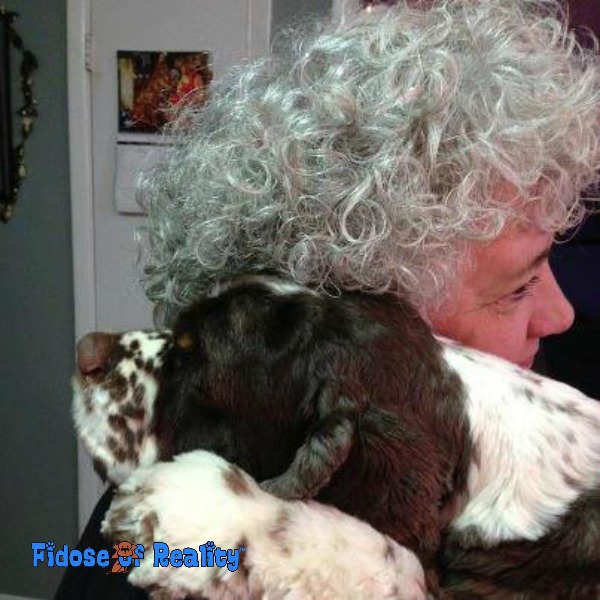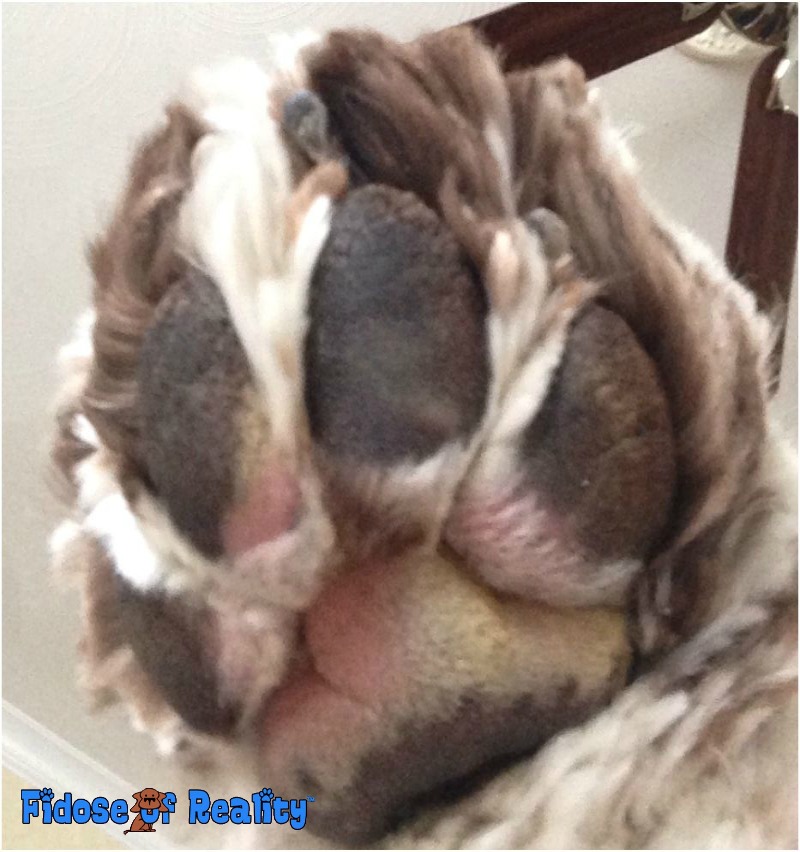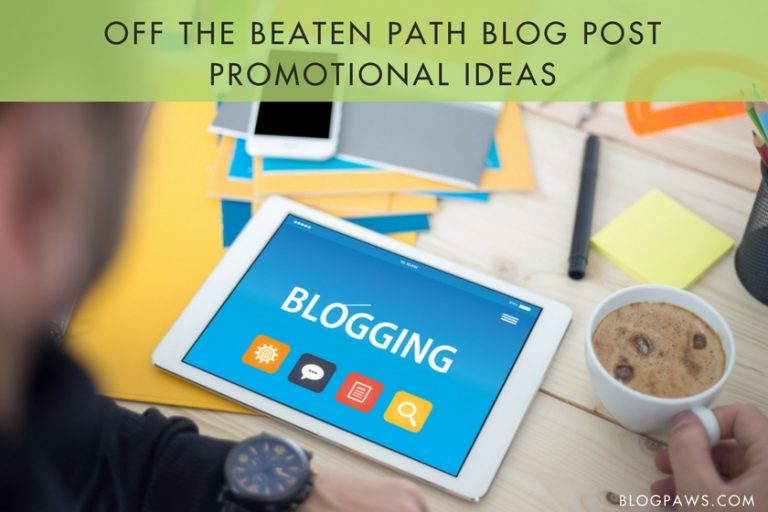How to Write a Blog Post Brands Will Love
by Carol Bryant
The “b” word today isn’t blogging… it’s brands, which equates to bucks, if you write a blog post with such ardent fervor that brands want to reach through the computer monitor and kiss it. In other words, write what brands love and they’ll want to work with you again and again. Here’s the anatomy of writing a blog post brands will love:
Catchy Title
The Internet moves faster than the speed of light it seems. An eye-catching title can make or break a post. Personally, I tend to spend more time developing a worthwhile title than many other things.Regardless of how your post is discovered: From a search engine to a tweet, the first thing a reader will see is that all important “headline” aka the title. Is your title worthy of the content within the post? Does it give the reader a full, enticing glance at what’s to come?
Think about those catchy headlines on glossy magazines as you stand in the supermarket check out line. The titles are designed to lure you in to buy the magazine or tabloid. Be short, purposeful, focused, and use these seven tips from BlogPaws’ Blog Manager, Robbi Hess, in writing a good blog title.
Sharp Images
From stock photos to mobile shots and high quality DSLR photos, photos can make or break a blog post. The best photo for a blog post is the one you take yourself: This is my greatest bit of advice. I have a high end DSLR camera but find myself using my iPhone 6 plus for many images. If you know how to work the settings, take the time to read about maximizing your phone’s camera offerings, and apply filters as needed, a good mobile device image can become a phenomenal one. Check out the shots below and guess which one(s) were taken with a cell phone.
The second photo was taken with a DSLR – not the best shot but a cute one of my dog’s paw. The first shot is a cell phone raw footage shot. Not bad, right?
When working with brands, photos need to complement the words and show the reader why they need to absolutely go out, get that product or service, and do so right now. Further, the image text needs to be properly structured. When you upload a photo to your blog, are you paying attention to the title, ALT text, and description? For SEO purposes, these must be filled in. Do you ever search for images online? Think about the criteria you use. Do you pin images? A quality description should be used. Of all the fields, the ALT Text is perhaps most important.
.
Here’s a great description of Image Title vs. Image Alt Text (and if you aren’t on WordPress, this still gives a solid overview):
Use Headings and Subheadings
Subheadings break up a post and divide it into sections as this blog post illustrates.
It makes it easier for the reader to use and is another way to hold one’s attention span.
Similarly, bullet points and numbered lists are helpful. Bullet points are useful for stats, benefits, product features, short bits of info, and other data that you want to stand out.
Proper Grammar and Spelling
Please oh please double check that spelling before you hit “publish.” A stellar blog post instantly loses its appeal when a run on sentence comes into play and it never stops and the person writing it thinks that I want to stick around because I have nothing better to do than to hear about a great product and how super it is. See how annoying long that was? Don’t do it.
Spellcheck is great, but in cases of properly spelled words used incorrectly, it makes your post stand out in a negative way.
A trick I learned in college is to read a sentence backwards or read it out loud, perhaps both. It takes time but it is worth doing to satisfy your reader, the search engines, and the brand.
Pepper It
Sprinkle some pepper with Click to Tweet (plug in) action items or block quote: But don’t overdo it.
Use Personal Experience
Let’s see your dog using the product. Is your ferret having with his new toy? Snap photos and post them! I love to build suspense and fun with teasers on social media leading up to a post. Instead of constantly showing my pet using a product or service, I also engage with other pets and pets of friends. Building a brand, which is what bloggers who want to work with brands long term are, takes effort. Your readers need to be able to relate to you and your pet, child, etc. Using personal experience satisfies this all important criteria.
No Follow
The often debated “No Follow” tag is one we adhere to at BlogPaws and you should be implementing as well. On the back end of your blog, certain links should be tagged with a “nofollow” code so that search engines understand the link’s intent. Perhaps you are reviewing a new reptile food and are linking to ABC.com, for example. By adding the nofollow tag, search engines understand that you are pointing to a link but not endorsing it. Here’s how to do it and why it matters:
Solve a Problem
How does the product make one of life’s many issues go away? Is there a stain on your rug? Your readers absolutely must have this spot remover! Does the dog bark at anyone and everyone? This particular positive reinforcement book is the answer to their troubles. The title will lure them in, but the text, video, imagery, and well-structured post will keep them around. Never promise on something you cannot deliver.
Close It Out the Right Way
Did you ever read a book that just sort of ended and you so very much wish there were a few more pages? Nothing ticks a reader off more than a lackluster ending. Some good techniques to use in ending a blog post include:
* Asking a question
* A call to action: Have the reader do something: Click here, do this, try that.
* Provide a takeaway: Read more posts like this, click here for a newsletter, get a free e-book.
Engagement Matters
You are working with a brand because you sold them on who you are and what your blog represents. Be authentic and ensure that readers are engaging with the blog post. It is amazing how the very first word in social media has become so exhaustive and practically ignored by many. Being social means being reciprocal. Engagement means blog comments, social shares, retweets, re-pins, etc. Brands love engagement and despite what some may lead you to believe, engagement matters and numbers count.
“If you lead with your numbers to get the opportunity make sure you promote with your numbers. If you have 15,000 Facebook Fans but only two like the content you share with your post, it really doesn’t help the overall campaign,” says BlogPaws’ Blogger Outreach and Communications Manager, Felissa Elfenbein. “Think about what you do when you get the engagement with posts via your social media channels and do the same for your work with BlogPaws.” (brands in general)
Don’t Be a One-Trick Pony
Once your masterpiece is completed, proofed, and published: One share won’t cut it. I often share my posts for months at a time or even re-share later in the year, depending on the content. You need not be on all social media channels, but you should maximize the ones that make sense for you. Build a community on social: Engage, talk to your followers, tag them, let them know you take an interest in them. Yes, it’s work, but so is being a brand representative: And that’s what a brand-sponsored post is all about: Work, engagement, and success. Speaking of….
Blogger’s Instant Blog Formula
Thoughtful title + well-written post + visual assets + powerful close = success
Did we miss any points? What do you think brands look for in working with bloggers? Click here for more tips on monetizing a blog.










